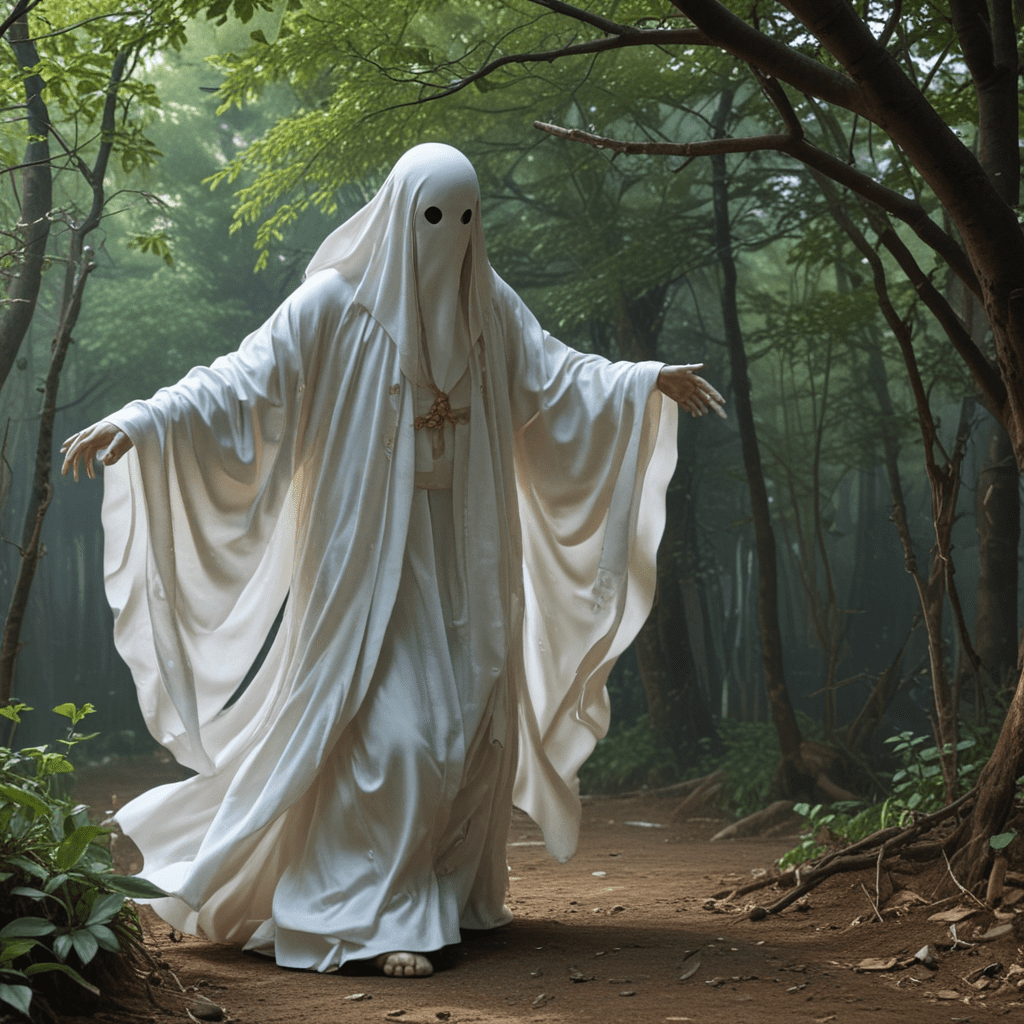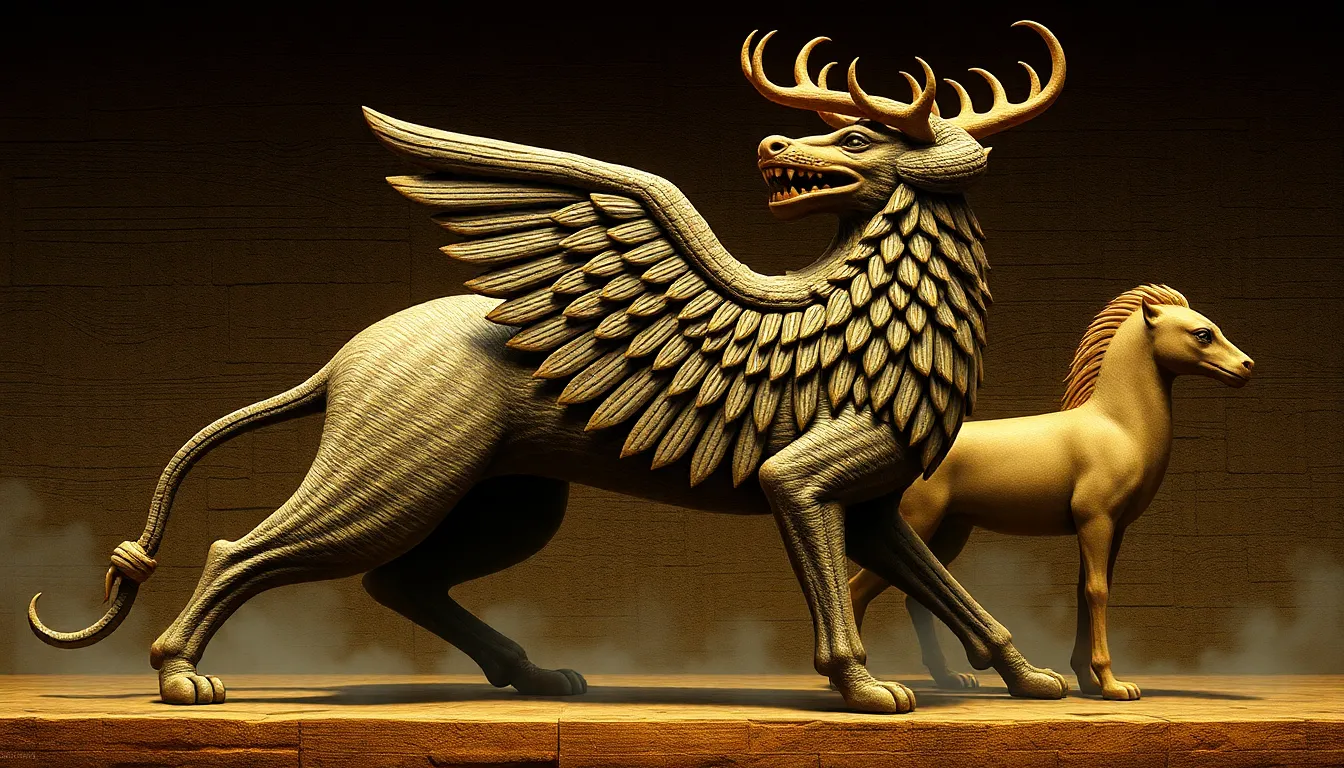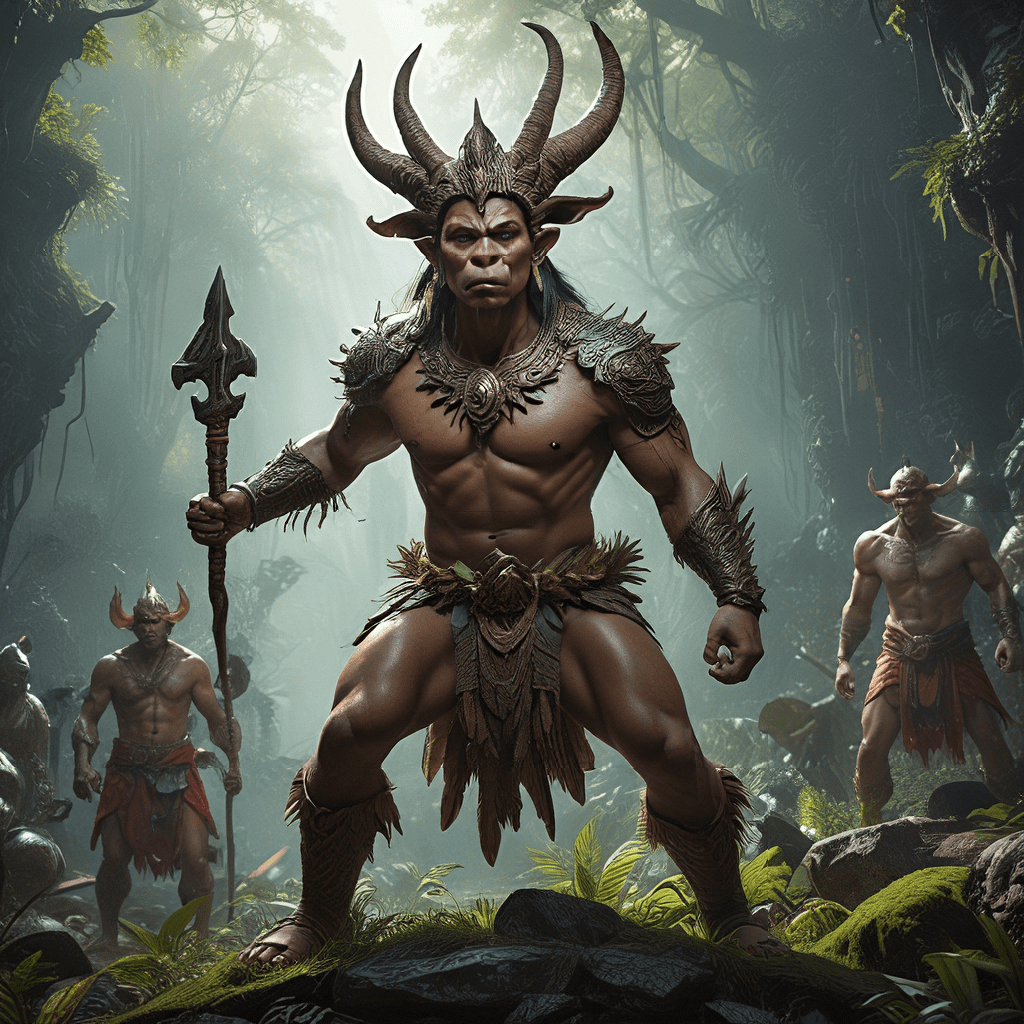Introduction: The Enigmatic Noppera-bo
In the realm of Japanese folklore, the Noppera-bo stands as a captivating and enigmatic figure. This faceless ghost has haunted the imaginations of generations, inspiring tales that blend wonder, fear, and a profound sense of the uncanny. Often encountered in urban legends and campfire stories, the Noppera-bo's enigmatic nature has cemented its place as one of the most enduring and recognizable beings in the Japanese mythological landscape.
Origins and Legends of the Faceless Ghost
The origins of the Noppera-bo's legend are shrouded in mystery, with various theories attempting to unravel its enigmatic roots. Some believe the ghost's origins lie in ancient Shinto beliefs, where faceless deities represented spirits of the dead or supernatural entities. Others trace its lineage to Buddhist folklore, where Noppera-bo-like figures personify the concept of "muga," or the absence of self. Regardless of its exact origins, the legend of the Noppera-bo has evolved over centuries, becoming an integral part of Japanese folklore and popular culture.
Physical Appearance and Characteristics
One of the most striking features of the Noppera-bo is its lack of a face. Instead, its head is described as smooth and featureless, devoid of any facial features. This unsettling appearance is further accentuated by the ghost's pale, translucent skin and its large, piercing eyes that seem to gaze into the depths of one's soul. The Noppera-bo's limbs are often elongated and spindly, adding to its otherworldly and unsettling presence.
Modus Operandi and Behavior
The Noppera-bo's behavior is as unpredictable as its appearance. In some tales, it manifests as a harmless prankster, startling unsuspecting individuals and then vanishing into the night. However, other legends depict the ghost as a malevolent entity, capable of causing harm or even death to those who encounter it. The ghost's modus operandi often involves approaching its victims in crowded or dimly lit places, its smooth, featureless face appearing out of nowhere to cause shock and terror.
The Noppera-bo in Japanese Folklore
The Noppera-bo has become deeply embedded in Japanese folklore, appearing in numerous stories and legends. In some tales, the ghost serves as a cautionary figure, warning people against trusting strangers or being overly curious. In others, the Noppera-bo represents the fear of the unknown and the fragility of human existence. Over time, the ghost has also found its way into popular culture, featuring in anime, manga, and video games, further strengthening its position as one of the most iconic and unforgettable characters in Japanese mythology.
Variations and Adaptations
Over time, the Noppera-bo's legend has undergone numerous variations and adaptations. Regional differences in folklore have resulted in diverse interpretations of the ghost's appearance and behavior. In some regions, the Noppera-bo is said to have a long, forked tongue, while in others, it is depicted with sharp claws or venomous fangs. These variations contribute to the Noppera-bo's enigmatic nature, allowing it to adapt and evolve alongside changing cultural contexts.
Cultural Significance and Symbolism
The Noppera-bo holds significant cultural and symbolic value in Japanese society. Its featureless face has come to represent the fear of the unknown and the absence of identity. In a culture that places great emphasis on social conformity and group harmony, the Noppera-bo challenges societal norms and raises questions about individuality and self-expression. The ghost's lack of a face also evokes a sense of anonymity and detachment, reminding people of the potential for hidden motives and unspoken truths lurking beneath the surface of daily life.
Modern Depictions and Interpretations
In contemporary Japanese culture, the Noppera-bo continues to captivate audiences through various forms of media and art. From horror films and television shows to anime and manga, the ghost's enigmatic presence remains a source of fascination and inspiration. Modern depictions often explore psychological and social themes, delving into the complexities of human nature and the fears that haunt modern society. The Noppera-bo's timeless appeal reflects its ability to adapt to changing cultural landscapes and resonate with audiences across generations.
Psychological and Social Implications
The Noppera-bo's profound impact on Japanese culture extends beyond its role in folklore and popular entertainment. Psychologists have analyzed the ghost's significance as a projection of societal anxieties and fears. Its featureless face symbolizes the absence of identity and the loss of individuality, reflecting concerns about social isolation and the pressures of conformity. Moreover, the Noppera-bo's unpredictable behavior taps into deep-seated fears of the unknown and the uncontrollable, shaping cultural attitudes towards risk and uncertainty.
Conclusion: The Enduring Legacy of the Noppera-bo
The Noppera-bo stands as a testament to the enduring power of folklore and the human fascination with the unknown. Its enigmatic nature and timeless appeal have ensured its place as one of the most recognizable and enduring figures in Japanese mythology. Through its various manifestations and interpretations, the Noppera-bo continues to captivate and intrigue, reflecting the complexities of human nature and the cultural anxieties that shape our world. As long as the fear of the unknown persists, the Noppera-bo will remain a haunting and unforgettable presence in the realm of Japanese folklore.
FAQ
Q: What is the Noppera-bo?
A: The Noppera-bo is a faceless ghost in Japanese folklore, known for its eerie appearance and unpredictable behavior.
Q: What does the Noppera-bo look like?
A: The Noppera-bo is typically depicted as a pale, translucent ghost with a smooth, featureless head, large piercing eyes, and elongated limbs.
Q: What is the Noppera-bo's modus operandi?
A: The Noppera-bo often approaches its victims in dimly lit or crowded places, startling them with its sudden appearance before vanishing into the night. Some tales portray it as harmless, while others depict it as a malevolent entity.
Q: What is the cultural significance of the Noppera-bo?
A: The Noppera-bo represents the fear of the unknown, the absence of identity, and the fragility of human existence. It challenges societal norms and raises questions about individuality and self-expression.
Q: How is the Noppera-bo depicted in modern culture?
A: The Noppera-bo continues to captivate audiences through various forms of media, including horror films, television shows, anime, and manga. Modern interpretations often explore psychological and social themes, delving into the complexities of human nature and the fears that haunt modern society.




